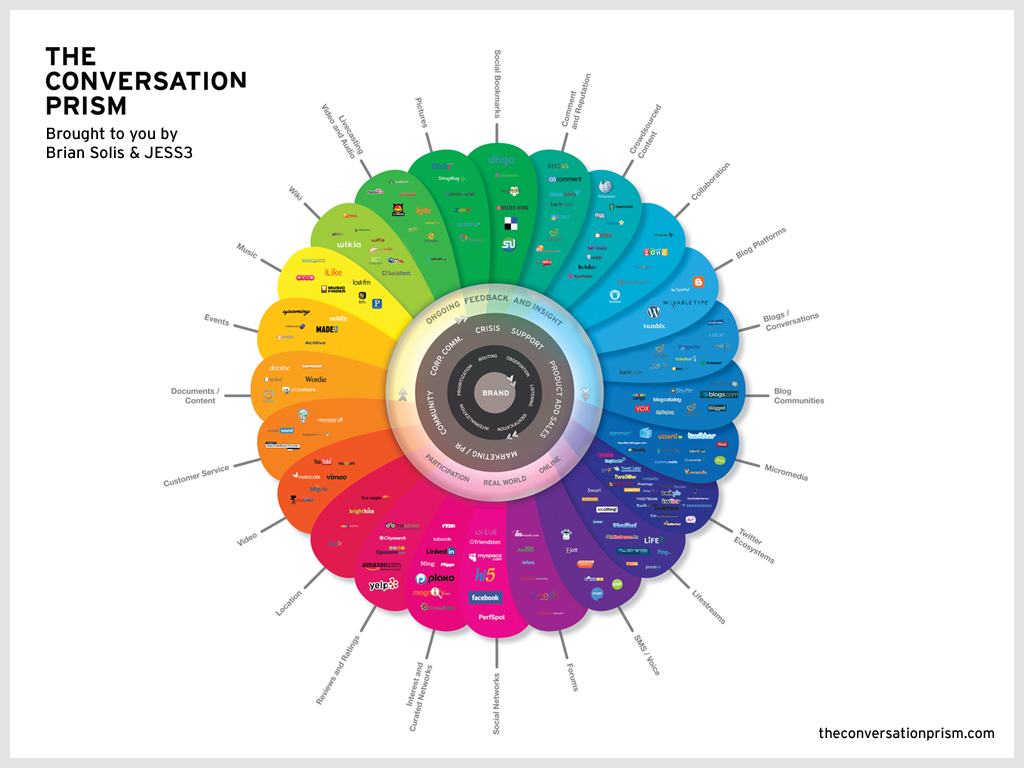Just like most others my age, I use social media (like a lot). Of course these apps and sites need their own way of making money, so advertisements are inevitable and expected. One thing not typically expected though, is surprisingly accurate targeted ads. Most of the time I scroll past and pay no attention since they don’t catch my eye. Other times I’ll see ads for products I mentioned earlier that day. For example, I love buying plushies, I have a huge pile of them; this is one of the products I see the most on my Instagram feed. One theory I’ve heard is that your phone is always listening and therefore uses that information to create targeted ads (which is a little farfetched, but plenty believable. One app I scroll through the most would be Instagram, where you encounter ads after every few posts or so.
Some ads I come across have no relevancy to my life, such as apps I have no need for, or posts from accounts I’m not interested in. Other ads are relevant to almost anyone that sees them. Popular brand and irrelevant product ads take up most of this particular domain. I’ve seen countless video ads for items such as clothing and food, which are essential. Some may be more relevant than others, but ads like these (especially name brands) are more likely to get clicks and the demographics wouldn’t have much of a pattern. To catch your eye, many ads (pertinent or not) include bright colors or media and popular topics. If Instagram were to describe me as a person with just big name kinds of ads, I would be just your average Joe.
The more accurately scary ads are the ones we are more likely to remember, mostly because we are concerned about breach of privacy. Some of the targeted ads I see are marketing products like makeup, plushies, shampoo and conditioner, various trending products, streaming services and more. It’s true, all of these things I would be interested in buying, but how does Instagram know that? As far as I know they use things like liked posts, watched videos, followed pages, and the information you put in like age and gender. Someone on the outside who knew nothing about me besides the content of my targeted ads would most likely describe me as the ‘average’ teenage girl. Stereotypes like all girls love makeup, the color pink, cute things, which aren’t too far off from me personally.
The ‘targeted ad’ me is probably true, but there’s a lot more to that. Unless you are a professionally trained profiler or are just really good analyzer, it would be hard for you to guess what else there is about me. Some parts of myself, I don’t reflect in my social media at all. For example, I don’t post on Instagram, I only browse. I think privacy is very important, but there’s nothing wrong with sharing the occasional story or success with the world. Another thing Instagram doesn’t know is how I respond to and treat others. I like to think I’m generally a decent person that treats others well, but my ads don’t know that.
Obviously your ‘ad self’ and your ‘true self’ are going to have some differences, but, I think one of the most important things for others to remember is that social media isn’t real life. Lots of people set unrealistically high standards for themselves because of social media content and sometimes advertisers can take advantage of this. Those that are more eager to ‘fit in’ or look cool are more apt to buy products they think would bolster their appearance and such. This is true for a lot of people, and honestly it’s sad, but this is just another problem we experience as we gain more advanced technology and new ways of thinking. Your ‘real’ you is not the ‘ad’ you. There are too many ‘ad’ personalities out there, but that doesn’t mean you have to be one too.
“Infographic – Social Media Marketing for Car Dealers” by socialautomotive is licensed under CC BY 2.0












